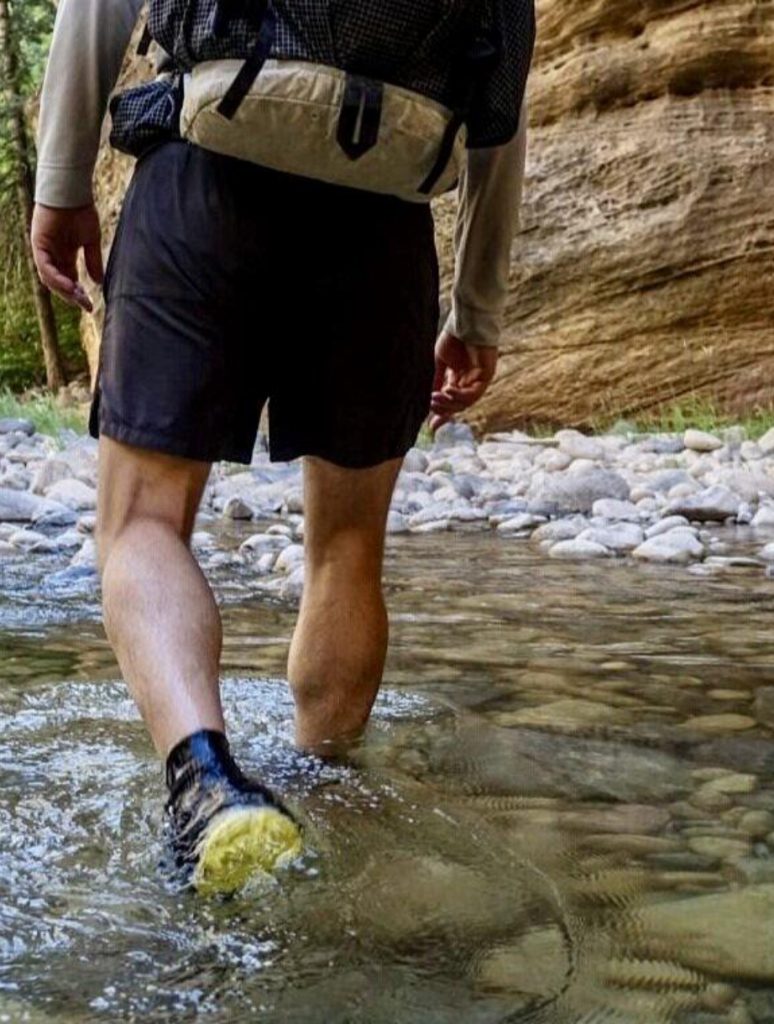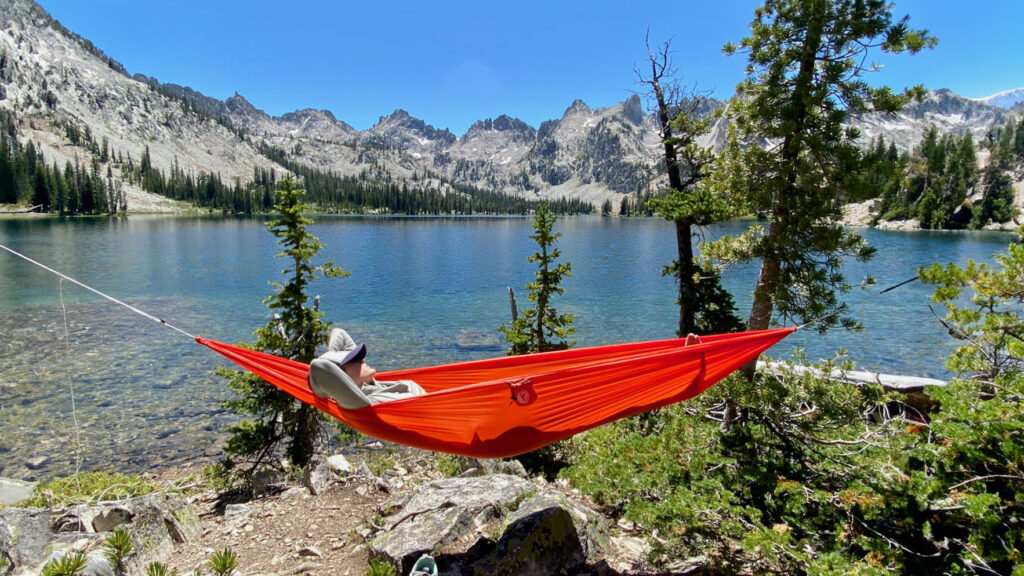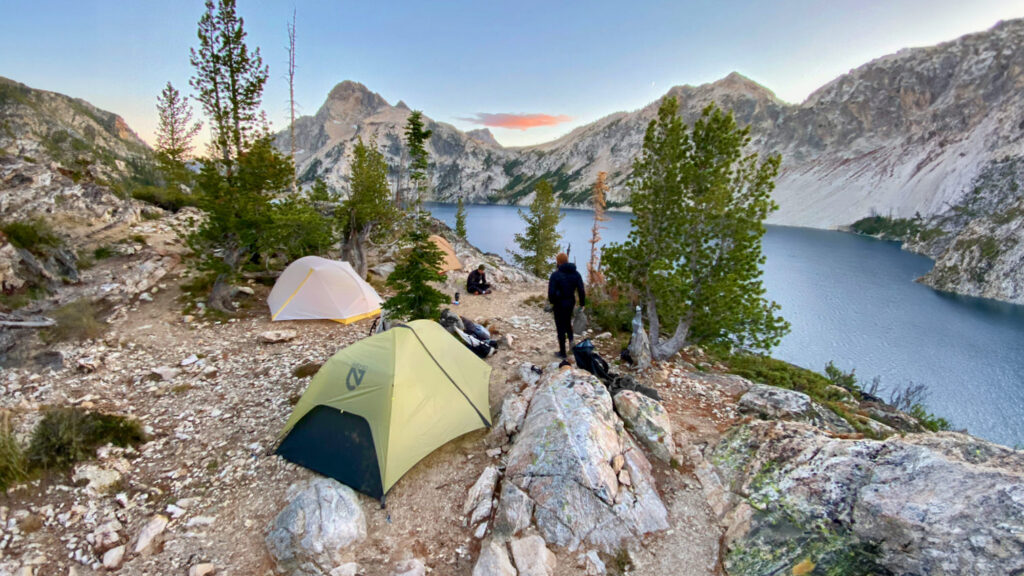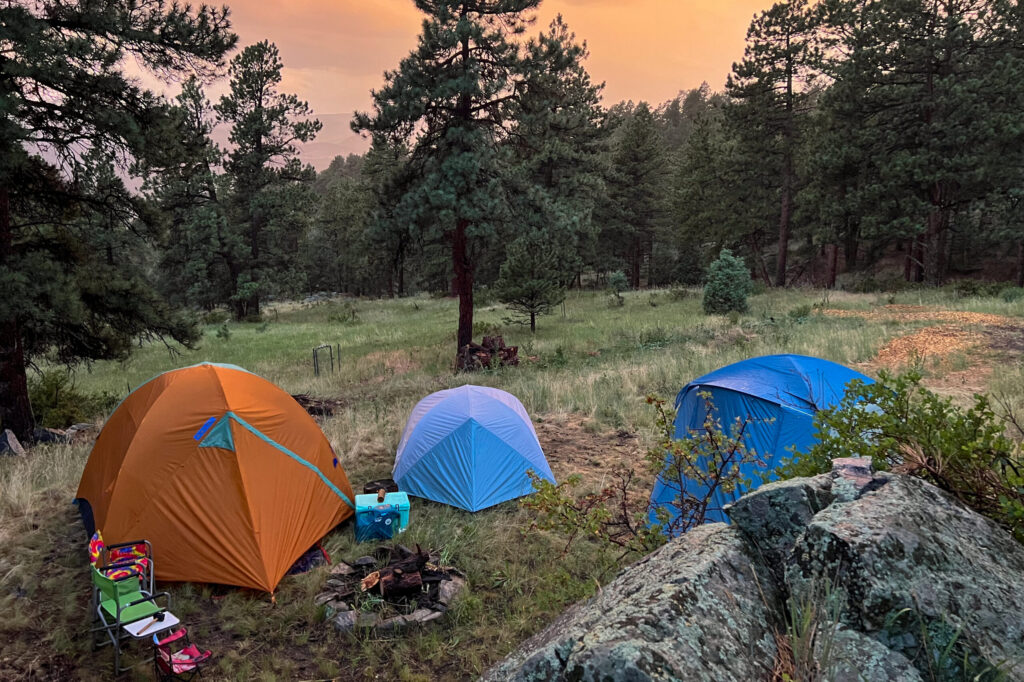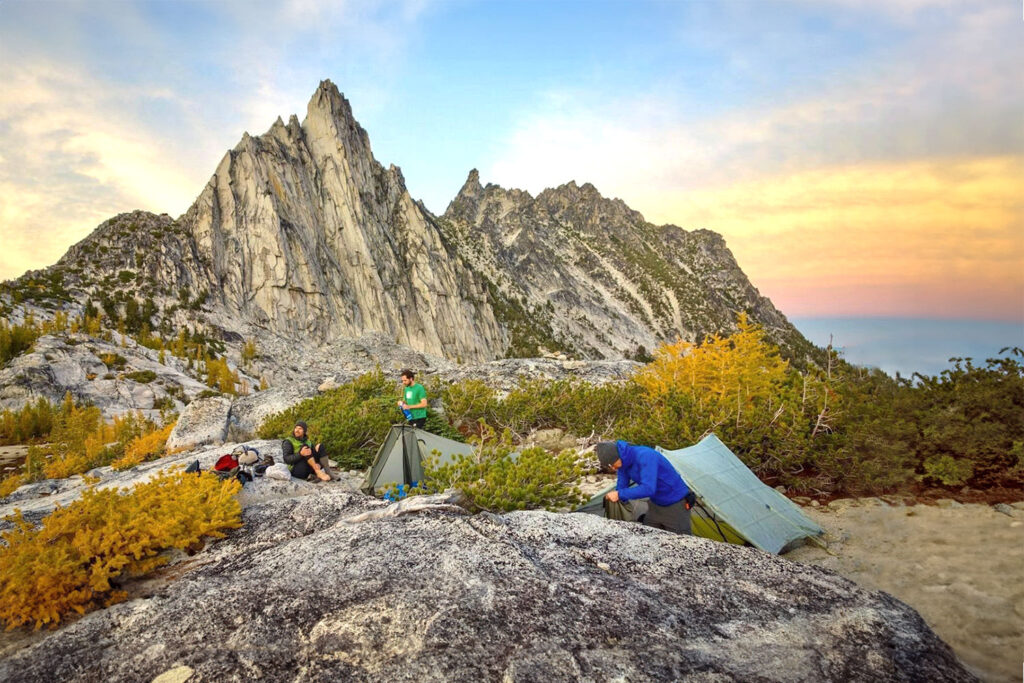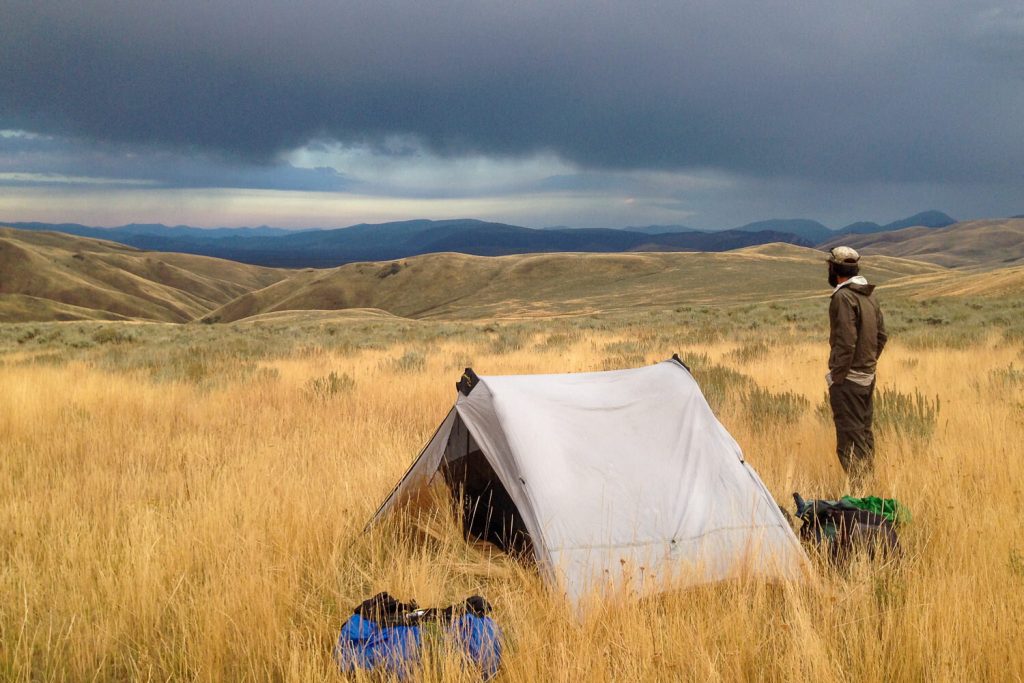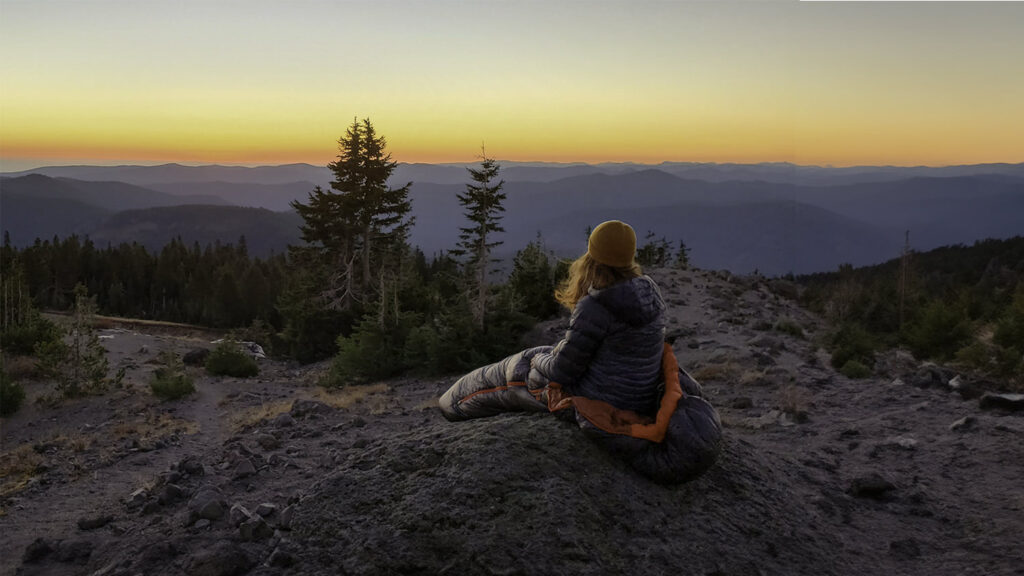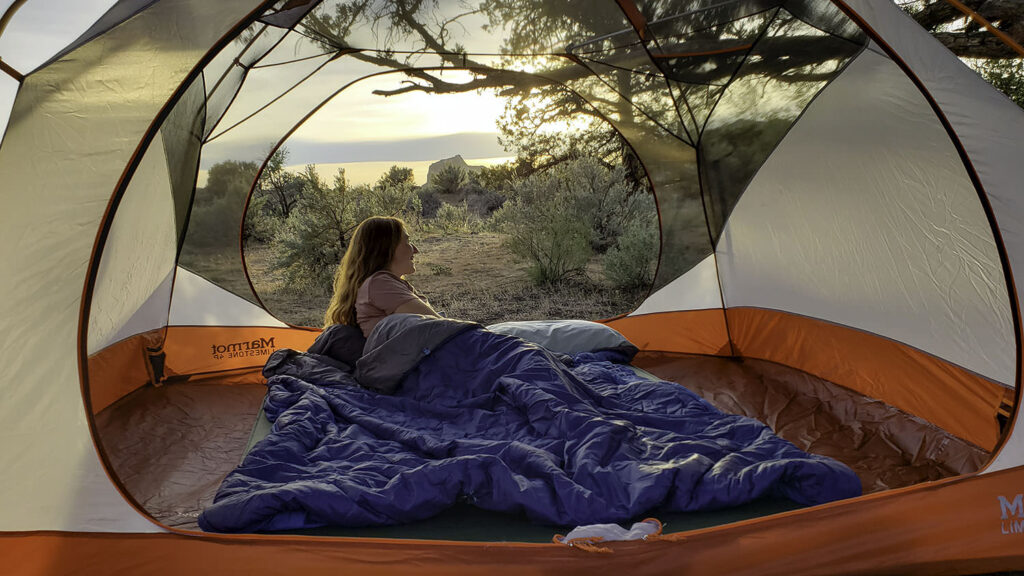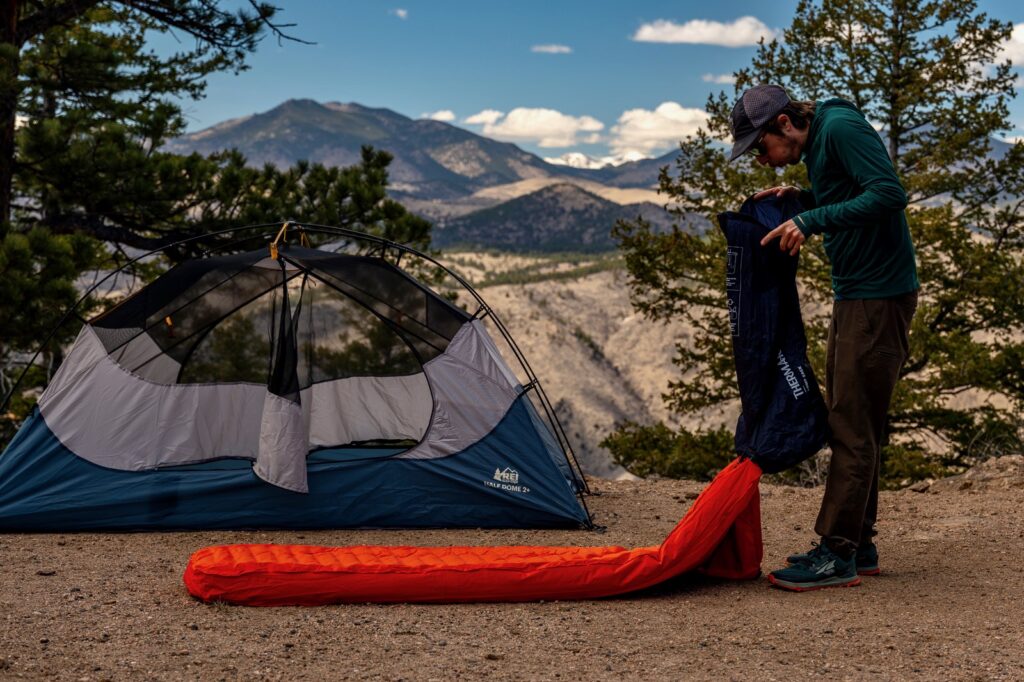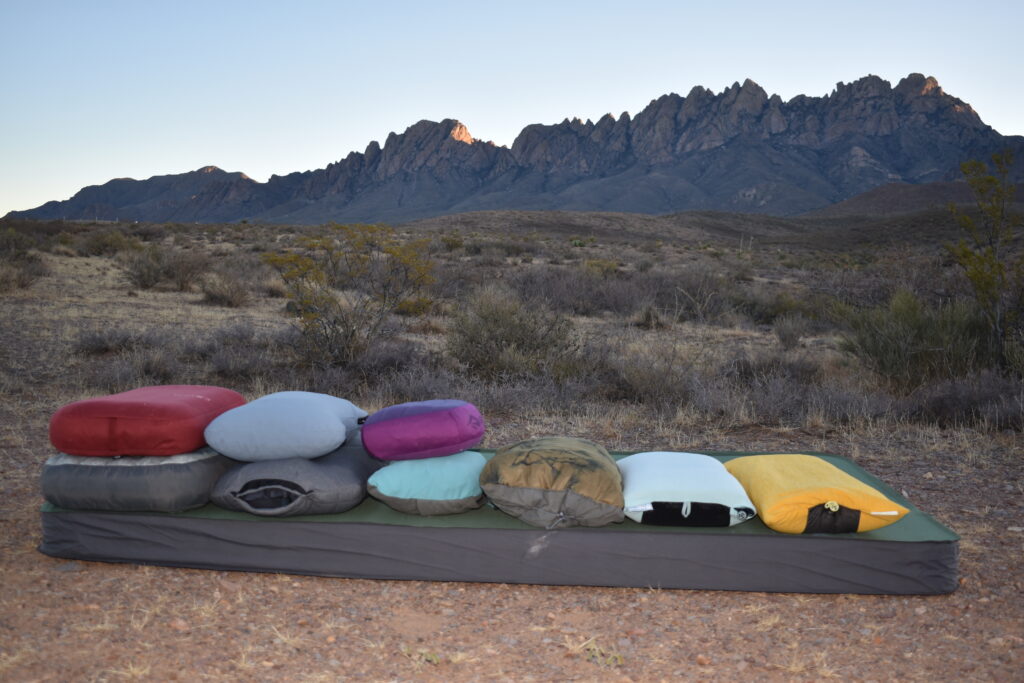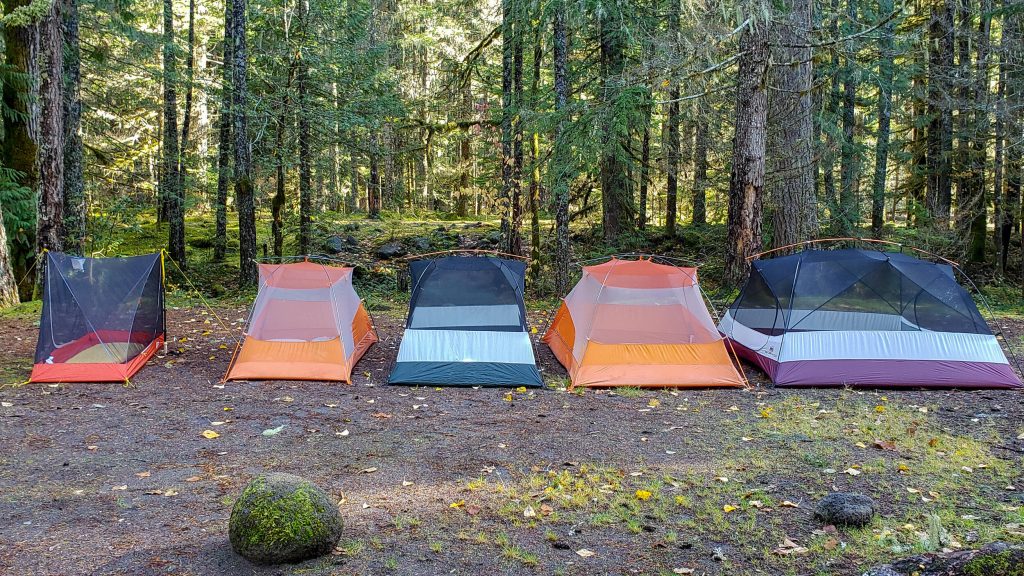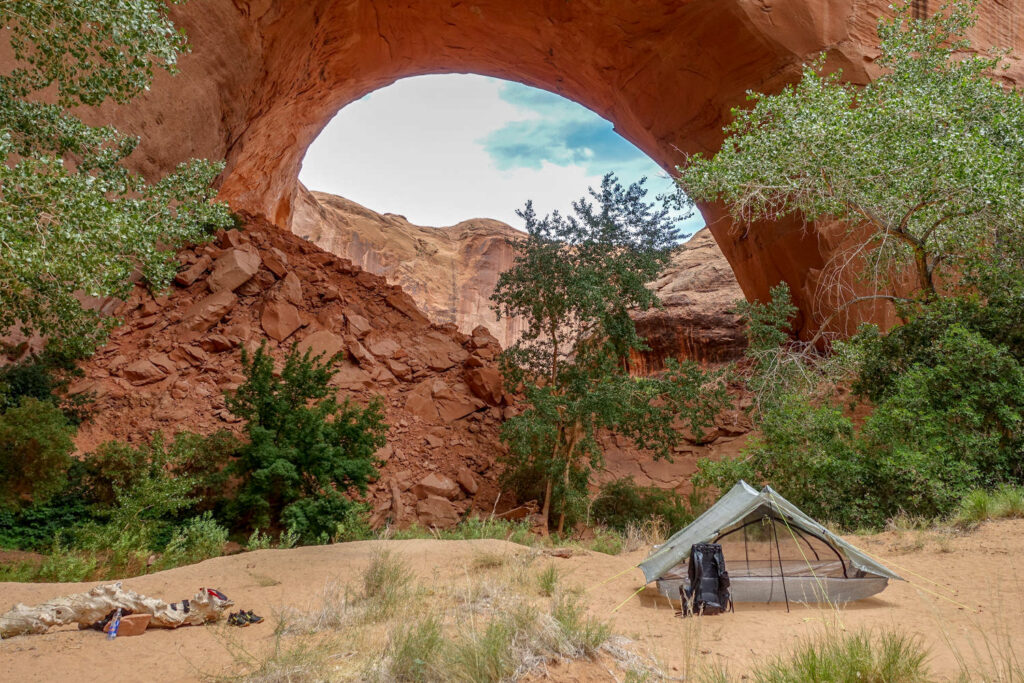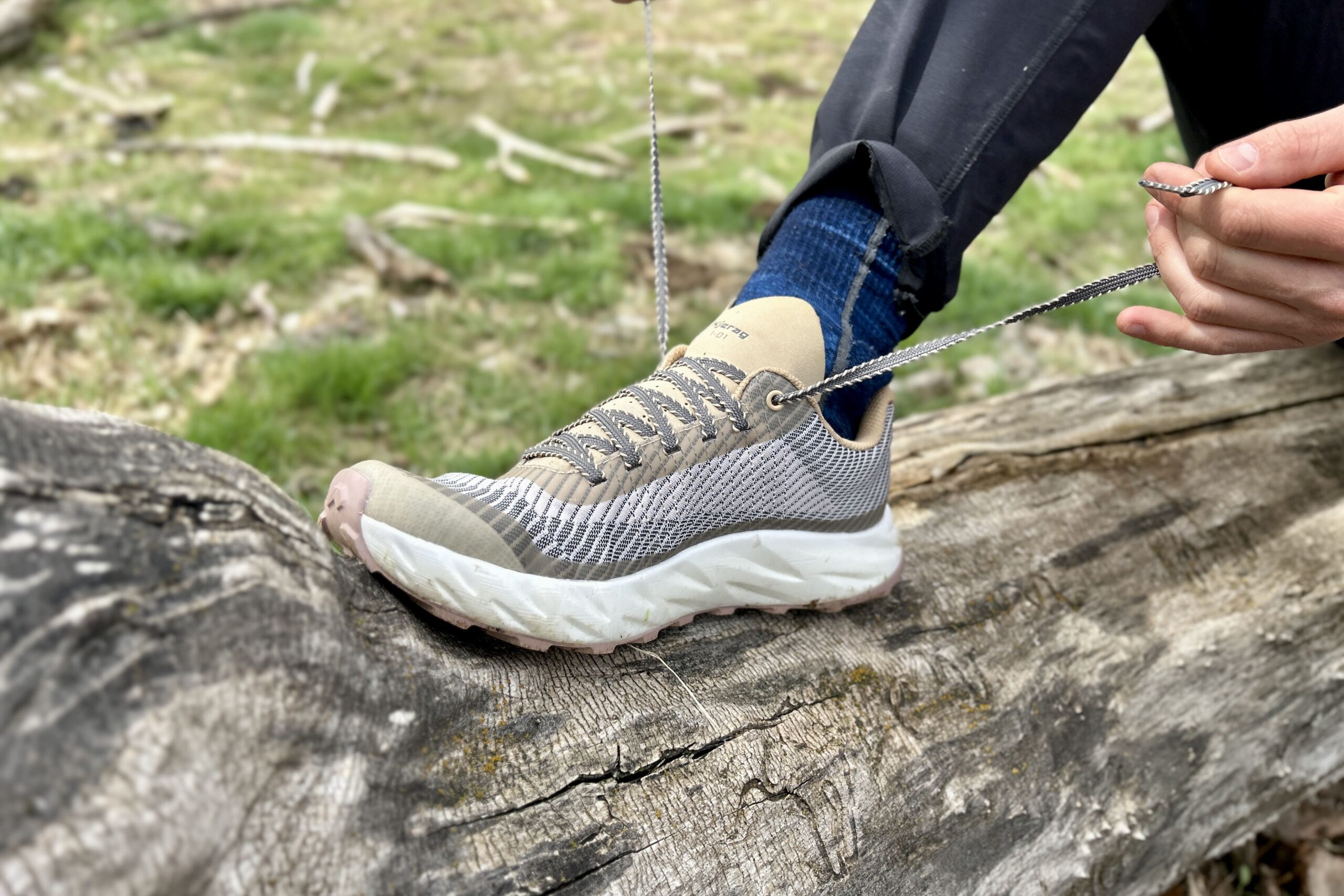
Bottom Line
The Nnormal Kjerag is a rare breed: not only is it ultralight, precise, and comfortable – it’s also very durable. As a result, this one lands on our top 3 favorites of the year on our best trail running shoes for men guide. The Kjerag is a product of legendary Spanish ultrarunner Killian Jornet. He not only designed the shoe, but used it to win 2 of the worlds most elite long distance races in 2022: the UTMB and the Hardrock 100.
Senior Gear Analyst Ian Krammer put more than 500 miles on the Kjerag running and hiking through the backcountry of the Colorado Rockies and Utah’s National Parks. His rigorous testing finds this shoe offers top-tier technical performance on rough routes, walking a fine line between a featherlight feel and excellent control. The minimalist midsole and stripped-down design deliver excellent energy return without bulky cushioning. There’s no rock plate or insole, but that means every step is hyper-responsive for runners who want to feel every contour. And, it’s quality materials and excellent construction makes these impressively long-lasting.
But premium performance comes at a price, making it one of the most expensive trail runners on our list. The minimal padding, a long, narrow fit, and lack of an insole means it may miss the mark for beginners, those with wide feet, and runners looking for lots of foam cushioning. The snug, tightly woven upper isn’t the most breathable design, and without a rock plate, sharp rocks and debris are more noticeable. This shoe is overkill for casual outings – but for serious racers and moderate-to-technical trails, the Kjerag is the best of the best when speed and responsiveness are priority.
Quick Specs
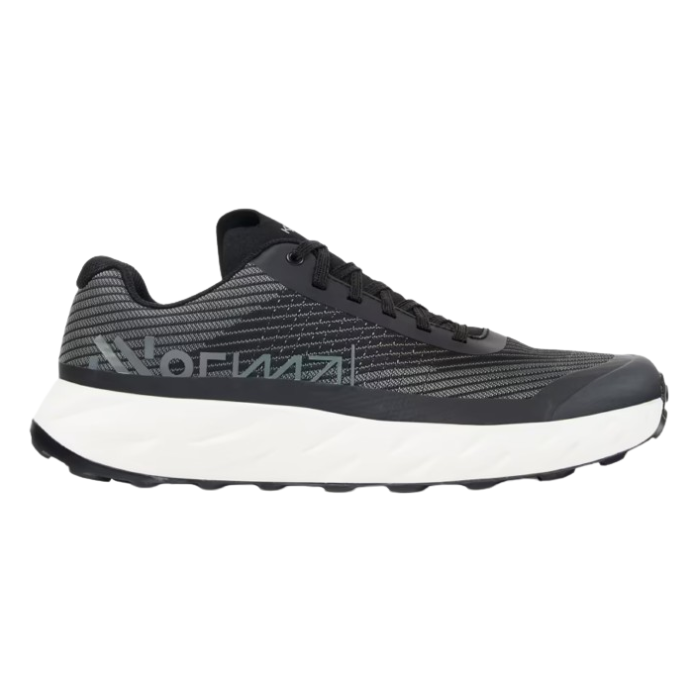
Men’s Nnormal Kjerag 01
Ultralight Trail Runners for Technical Terrain
CleverHiker Rating: 4.8/5.0
Price: $195
Weight (Pair): 14.5 oz
Heel-to-Toe Drop: 6 mm
Cushioning: Minimal
Best For: Technical / Trail
Comfort: 4.3
Pros
- Ultralight
- Responsive
- Very durable
- Good heel cushioning
- Sensitive ground feel
- Versatile for technical routes & packed triails
- Excellent traction
- Top-tier materials
Cons
- Expensive
- Too long (size down 1 full US size)
- Runs narrow
- Lack of insole isn’t for everyone
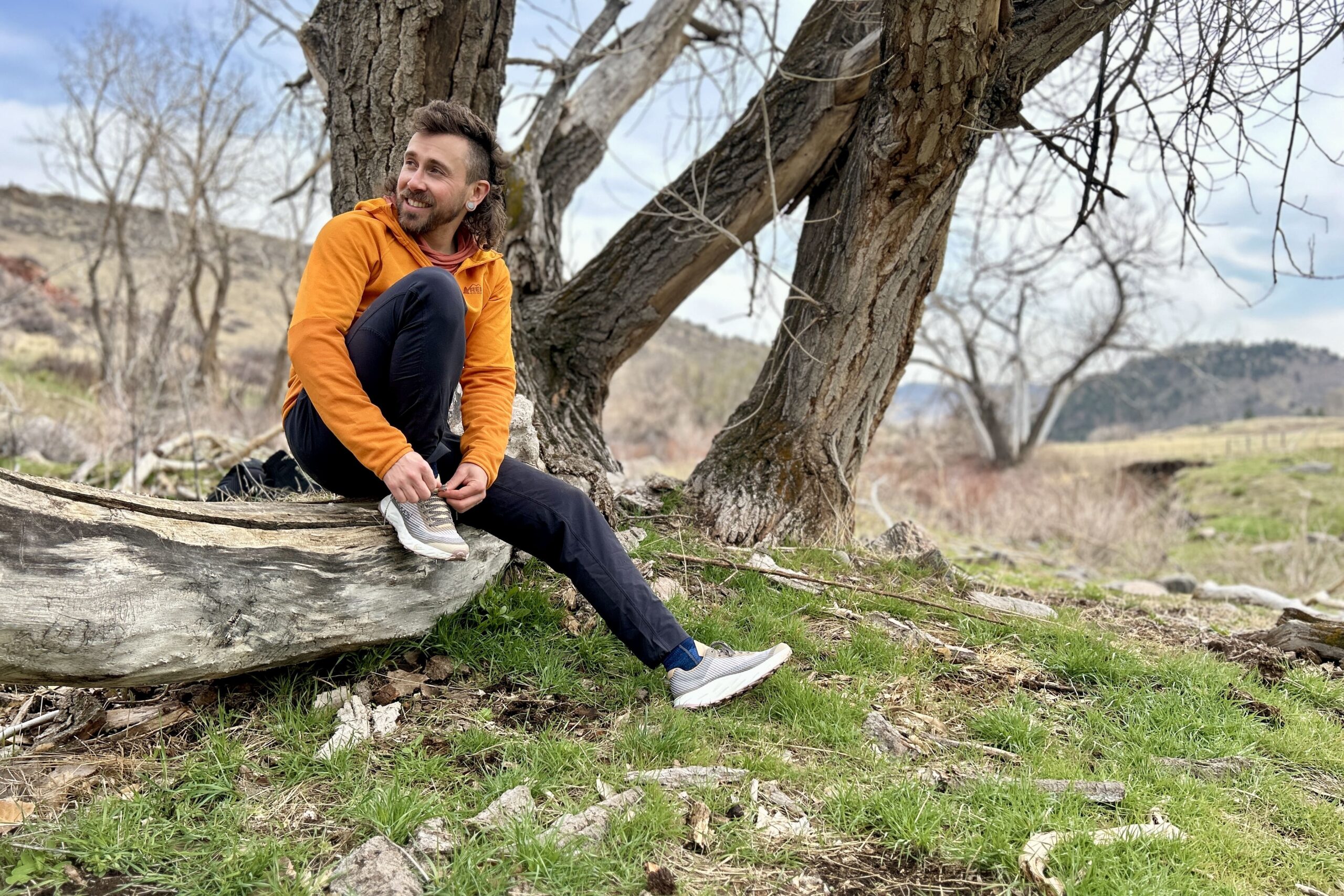
Comfort
If you’re looking for a no-frills, high performance ride for speed and precision, the Kjerag hits the nail on the head. Gear Analyst Ian Krammer finds the Kjerag uncomfortable out of the box, but after a 20 mile break-in period, he was in love. The excess room in the toes takes a bit of getting used to, but with an excellent lacing system, a snug and narrow fit, and quality materials, it effectively locked his foot in place with no excess movement or sliding.
We were a bit concerned about the lack of an insole, very low stack height, and the minimalist uppers in the Kjerag. Testing on rocky trails found these were non-issues, though. Without an insole, the foam compresses quickly and responds faster, preventing fatigue and offering consistent support over dozens of miles. Responsive midsoles provide just enough cushion to stay comfy. The minimal tongue and knit uppers conformed well to our feet, delivering a secure, irritation-free fit without unnecessary bulk.
That said, we rank this shoe a bit lower than others when it comes to comfort. The Kjerag has a unique fit – it runs long, so we recommend sizing at least half a size down (or even a full size). Ian wears a men’s 7, and this is the first and only shoe he’s ever swapped out for a size 6, which worked well for him. It’s also narrow through the midfoot and toebox. With no wide option available, those needing extra room may feel cramped.
The Kjerag is undeniably firm and fairly flat, too. This design works well for midfoot and toe strikers, as well as established distance runners, but you may need to look elsewhere for plush cushioning and tons of arch support. With no rocker design, transitions are a bit more clunky, and it demands more focus on tough terrain. For a higher-stack, foam-forward design, check out The North Face Vectiv Enduris or the HOKA Speedgoat 6.
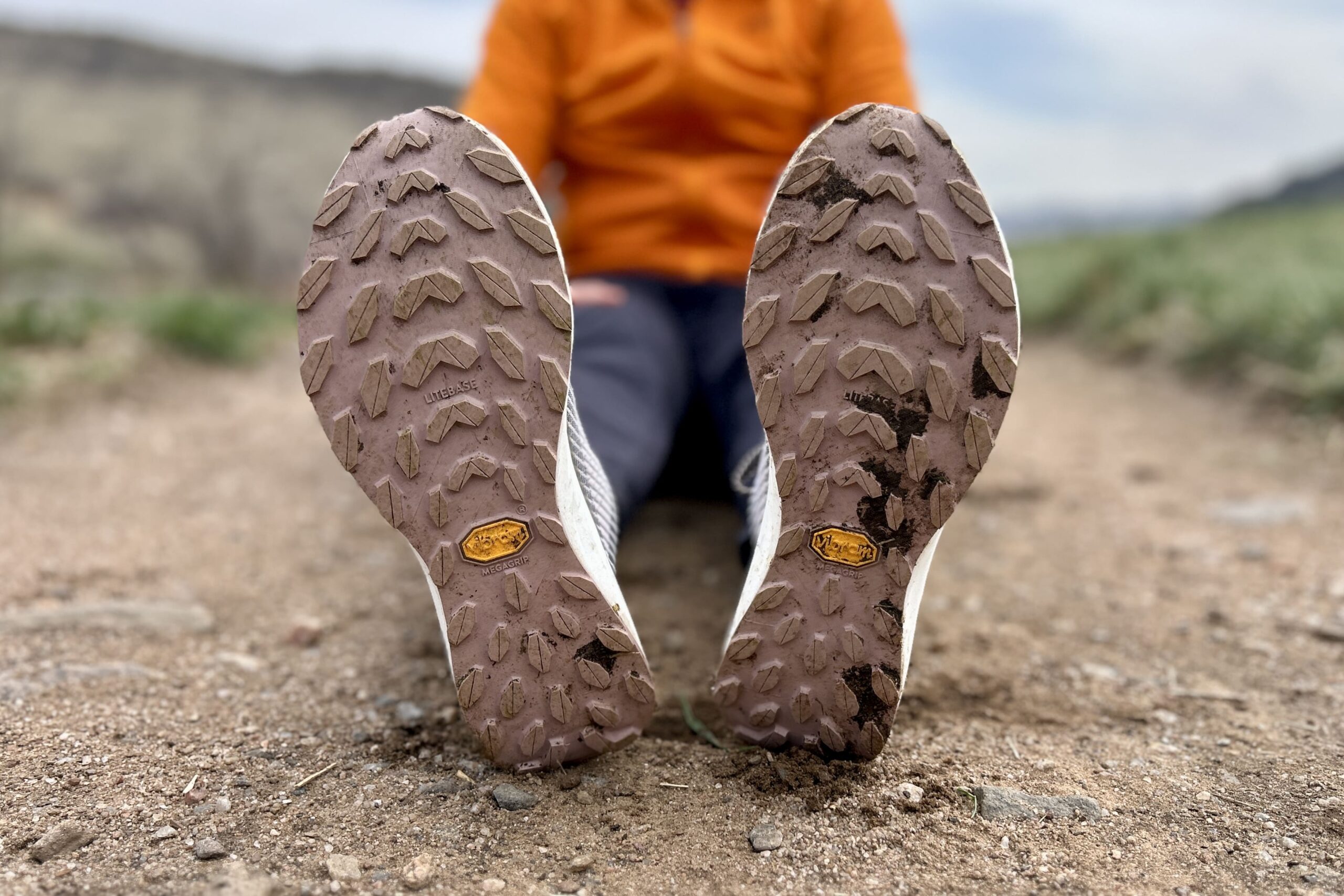
Traction
The Kjerag’s traction delivers well-balanced grip and a very responsive feel. Ian’s used it to run steep, sandstone slopes in Utah’s Canyonlands National Park as well as traverse up and down high-angle, off-camber Rocky Mountain passe. The shoe performed very well in both scenarios.
Staying upright on unpredictable terrain comes easy thanks to the Vibram Megagrip Litebase outsole. This rubber blend sticks well to slick rock, packed dirt, and technical trails without feeling overly rigid. A combination of oval and chevron-shaped 3.5-millimiter lugs gives reliable traction on ascents and descents, making us feel confident, fast, and controlled on most surfaces.
Our biggest complaint? The shallow lugs struggle on loose ground. Ian finds the Kjerag is limited in gravel, sand, and muddy conditions. The lugs lack texture, so traction can feel slippery, so it’s not our first choice in consistently wet environments. The outsole simply doesn’t dig in like more aggressive trail shoes.
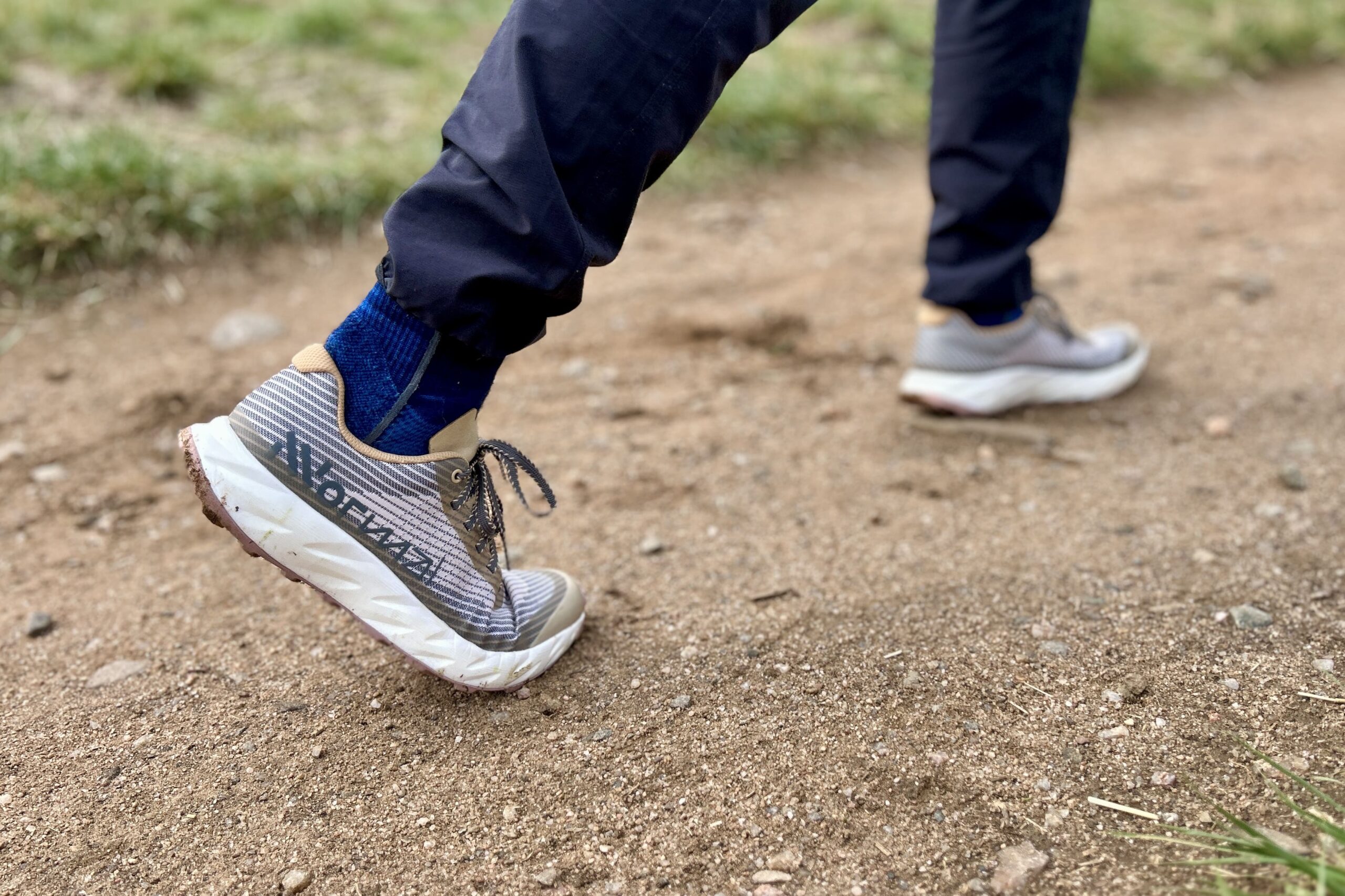
Weight
The Kjerag is not only one of the lightest on our list – it’s one of the lightest anywhere. Weighing just 7.2 ounces per shoe, it earns a perfect weight score from our team.
Nnormal shaves every possible ounce for an almost weightless feel underfoot. A nitrogen-infused midsole cuts bulk without sacrificing responsiveness, and thin but light uppers keep weight as low as possible.
The downside of such low weight is a dip in comfort. While Kjerag’s founder, Killian Jornet, easily crushes 100 miles in these shoes, the rest of us didn’t have such an easy time. Ian ran in the Kjerag up to 26 miles, but his feet didn’t feel as fresh or spry as a shoe with more cushioning. If you’re focused on speed, the minimal feel is exceptional, but if you want all-day comfort, they may be too stripped-down.
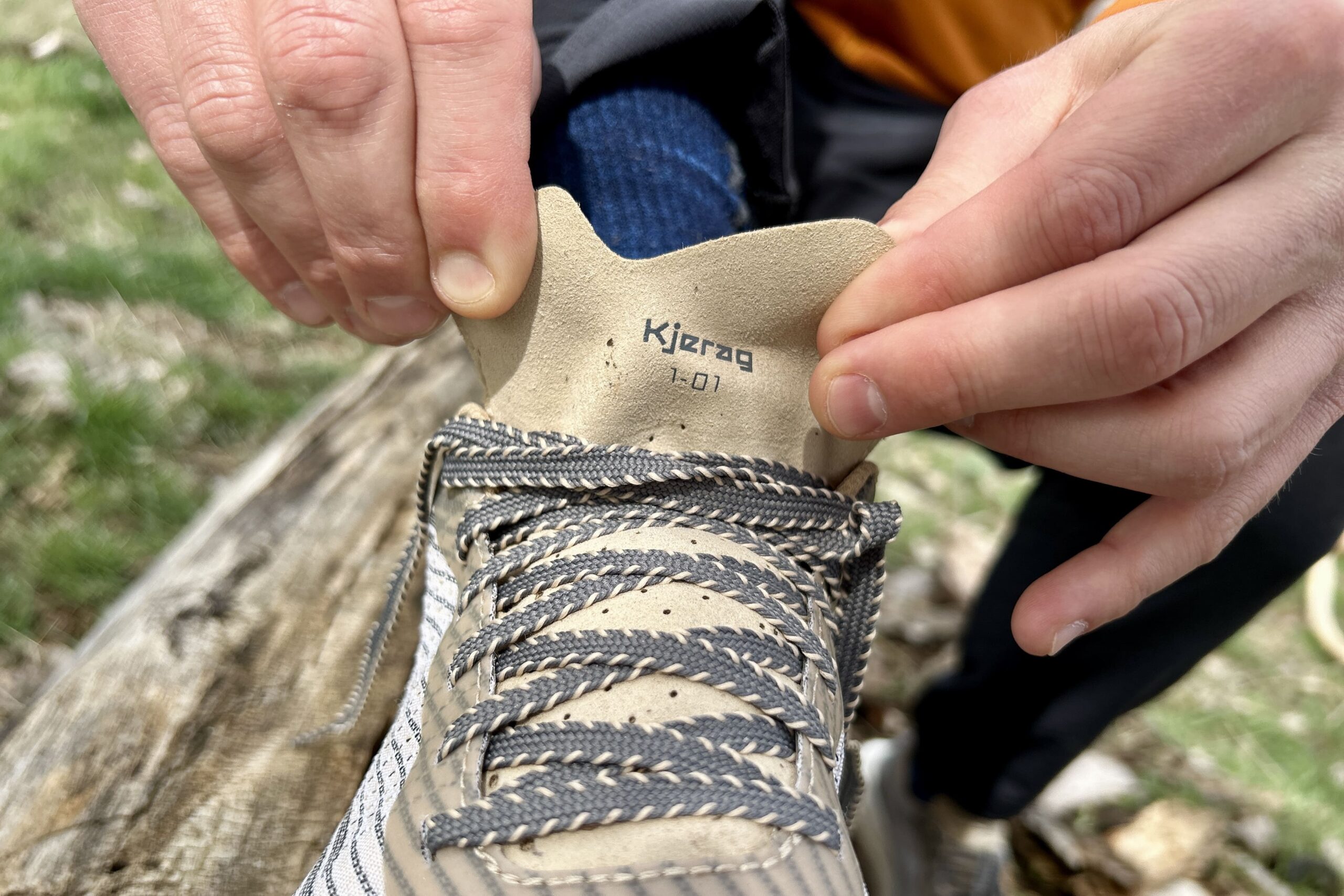
Durability
Don’t let the Kjerag’s ultralight status fool you – this shoe is resilient. It’s unusual for an ultralight product to also be this long lasting, but these things break the mold. Ian’s put over 500 miles on his pair in rough desert trails and harsh Colorado backcountry, and they continue to hold up better than footwear that weigh many ounces more.
The upper blends Kevlar with a tight weave. Minimalist rubber overlays at the toe bumper and along the sides of the shoe create a fairly rugged shell that resists abrasions from rocks and roots. The outsole is a single piece of rubber with no holes or gaps, and we’ve yet to experience a blowout or peeling. The craftsmanship is top-notch, making Kjerags a solid choice for runners who push their gear to the limit.
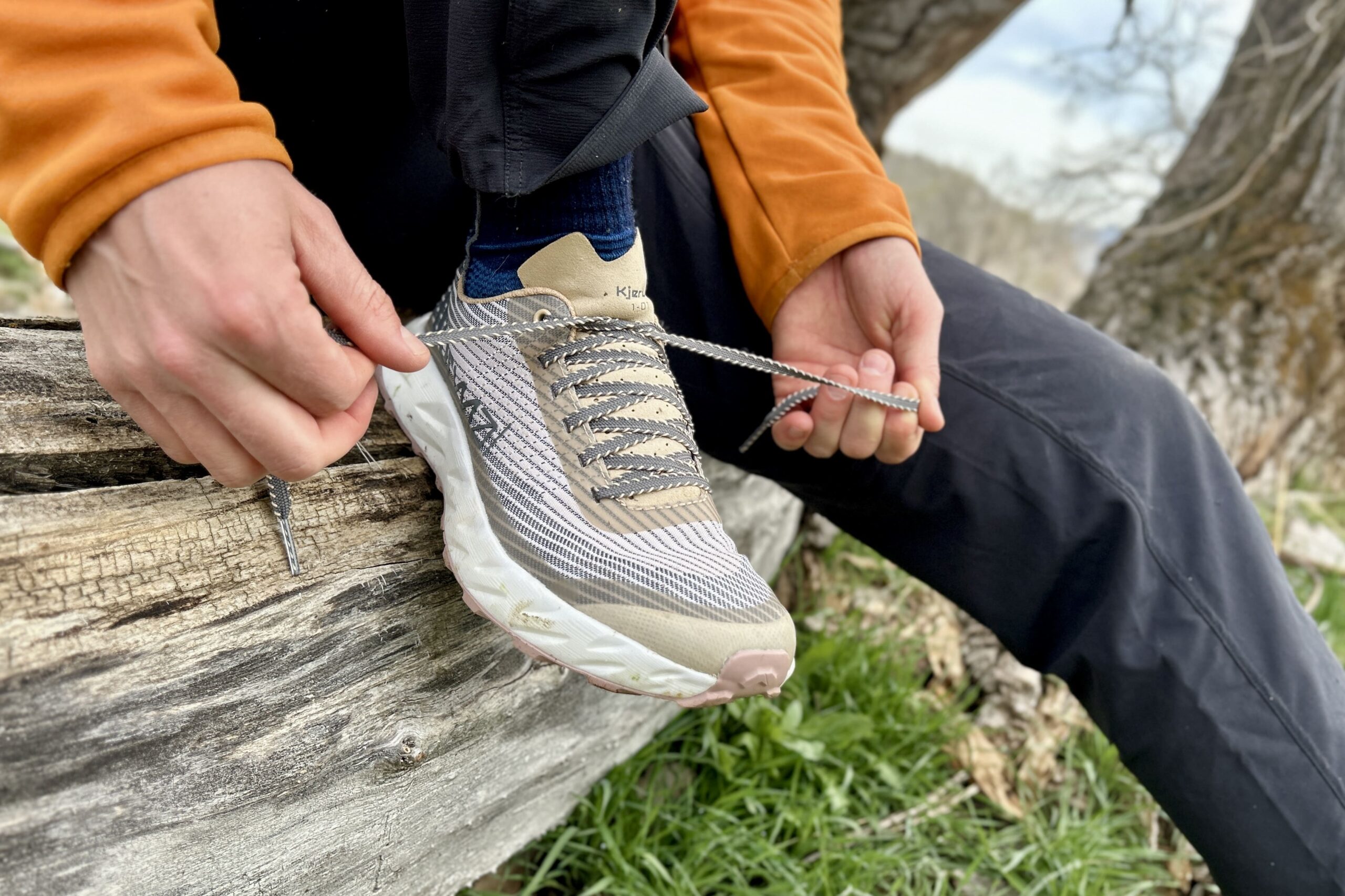
Breathability
That durability comes at the expense of breathability, though, and they trap more heat than expected. Despite how light these are, they feel warm on days above 85°. The ultra-tight knit and kevlar weave of the uppers restricts airflow compared to shoes with lighter mesh, leading to noticeably warmer feet on scorching days. Ian’s never had an issue with hot spots or blisters, but for a shoe that weighs this little, it’s a bit surprising how warm they felt on hot July and August days.
Also, the tongue isn’t fully gusseted. The result of this means that on routes full of fine dust and sand, shoes tend to fill up with grit to the point where we need to stop and dump the debris out. This is a small gripe, though, and with a thin pair of socks, we’ve hiked and run all day with no complaints.
They’re a great choice for wet routes with creek crossings or deep puddles, too, since they dry quickly – usually in under an hour after full submersion. The Kjerag might not be the breeziest option out there, but its a small sacrifice for such a low weight.
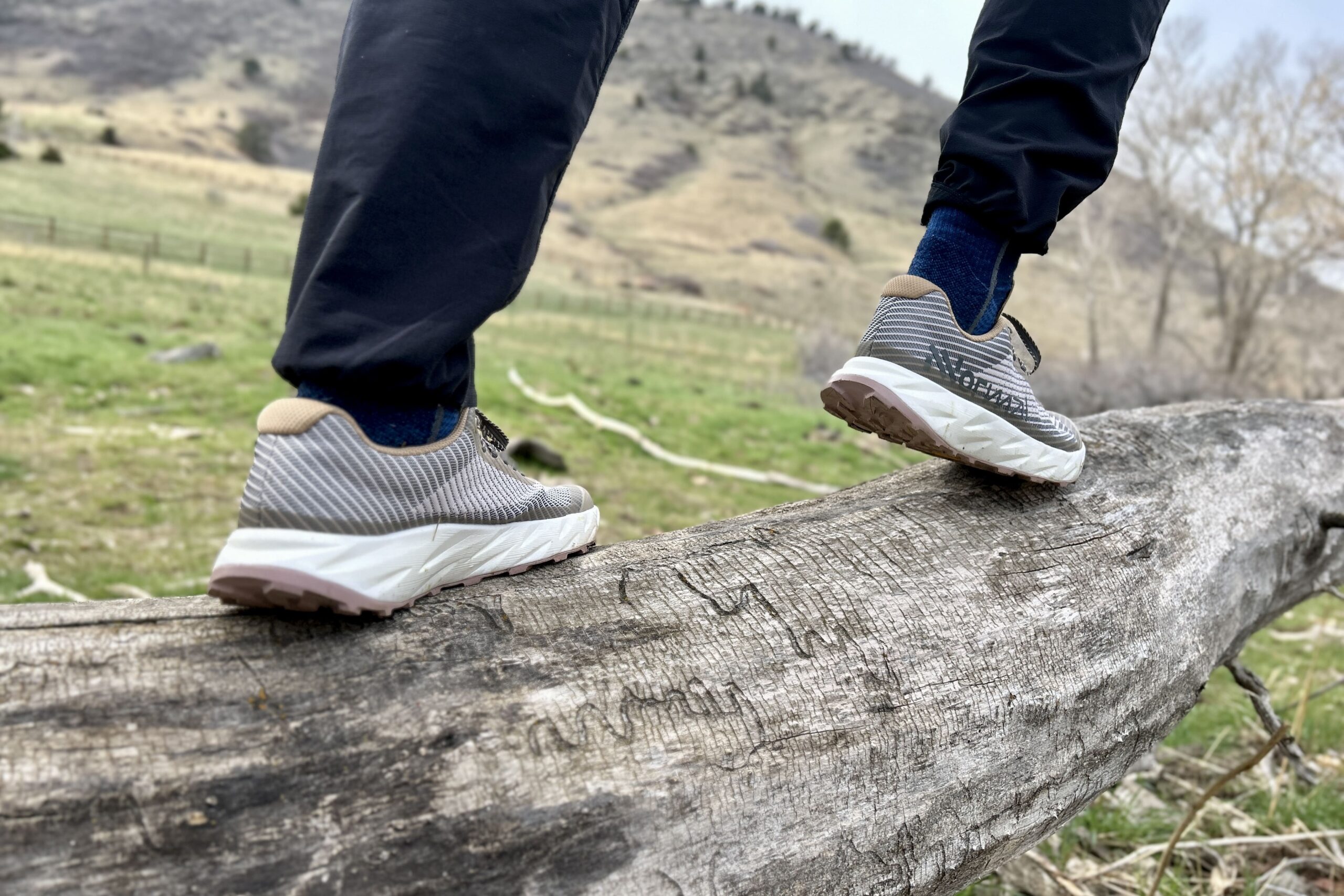
Responsiveness
The Kjerag earns top marks for responsiveness – speed, precision, and pure ground feel are the name of the game with the Kjerag. With an ultra-low 23.5 mm heel and a razor-thin 17.5 mm forefoot, this shoe has the lowest stack height of any on our list, even beating out the minimalist, zero-drop Altra Lone Peak 9. The Kjerag keeps our feet locked into every step with just enough lightweight foam for great energy return.
This shoe does not have a rock plate, so you’ll get a hyper-responsive ride. Flexibility through the midsole and outsole offer reliable cornering and toe-offs, making them feel fast on tricky trails. Keep in mind, this shoe does not come with an insole, so every step feels intuitive and agile. From technical trails to steep ridges or even rolling hills, the Kjerag feels precise and fast.
But if you have sensitive feet, need strong arch support, or want a cushioned ride, the Kjerag is likely not your best bet. Especially when it comes to casual, easier miles on moderate trails, they can feel like overkill. This minimalist design doesn’t have much protection underfoot, and we felt the sharp rocks and uneven sections on tough days. The slightly stiff sole gives stability on gnarly routes, but it’s not a very forgiving shoe on long, grinding uphills.
They’re awesome for high-performance, technical settings, but if you’re mostly taking on cruiser trails, the Kjerag might not be the best choice.
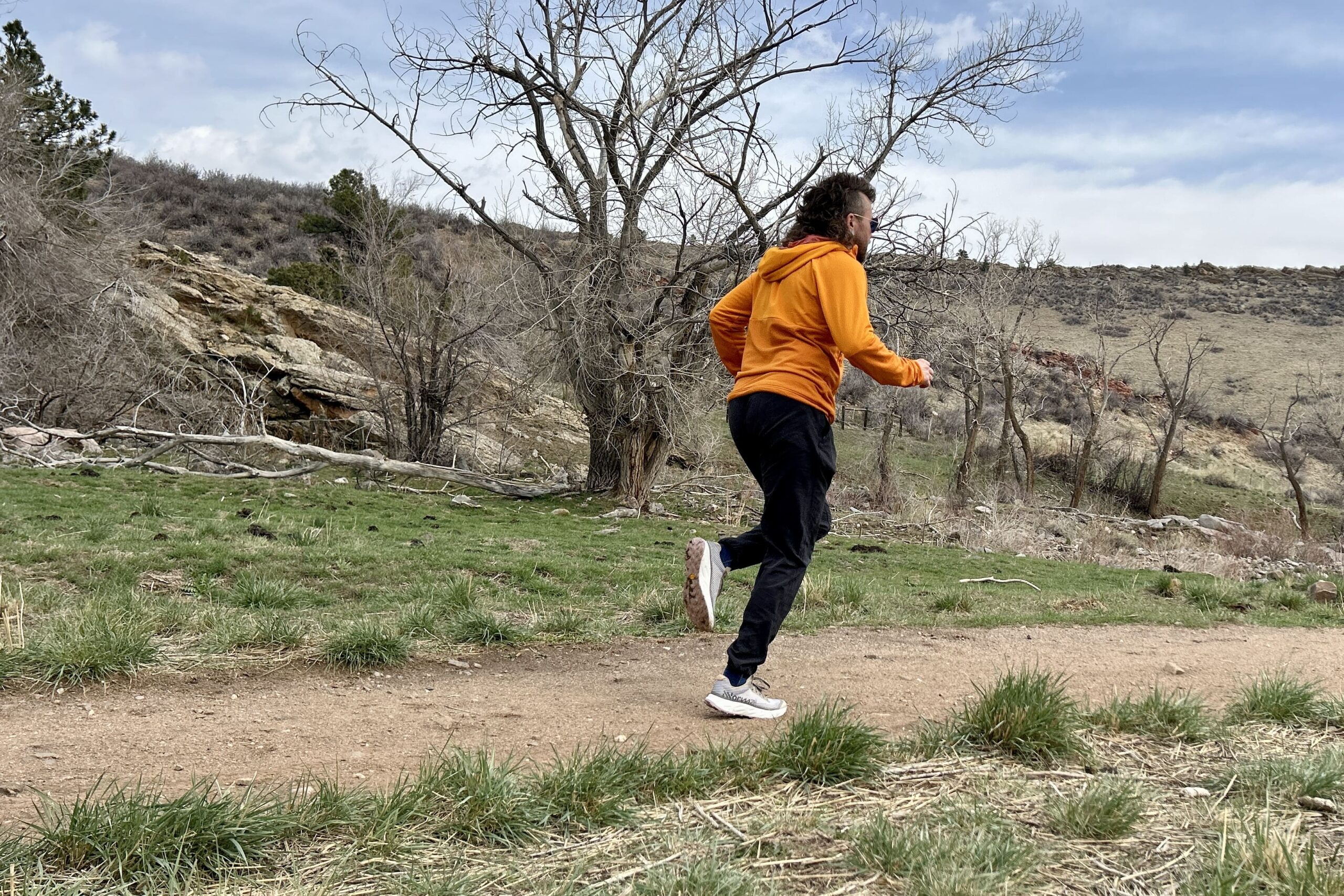
Should You Buy the The Nnormal Kjerag?
The Nnormal Kjerag is a speedy ultralight shoe for technical distance runners and performance-driven trail athletes. Its ultra-lightweight design, low stack height, and minimal cushioning are tailored for anyone who wants the gold standard in speed and responsiveness. This shoe excels on difficult terrain full of rocks and roots with lots of uphill and downhill. It offers a connected and precise feel with the ground, making it an efficient shoe on rugged terrain. The simple but effective lug design offers excellent traction on most terrain, and this model’s longevity for such a featherlight design is the cherry on top. If you’re looking for best-in-class construction and a sensitive ride, this is the shoe for you.
However, we don’t recommend the Kjerag for casual runners, beginners, or those who want a cushy, foam-forward shoe. The minimal foam and no-insole design creates a sharper ground feel that may be too harsh for runners with foot sensitivity, heel strikers and those who prefer softer, more supportive footwear for easier trails with long, smooth stretches. The fit is a bit long and narrow, so it won’t work for everyone’s foot shape and size. It also come with a steep price tag – although we don’t think you’ll find a better value for low weight, speed, and durability. When the trails get tough and the pace picks up, the Kjerag is worth every penny.
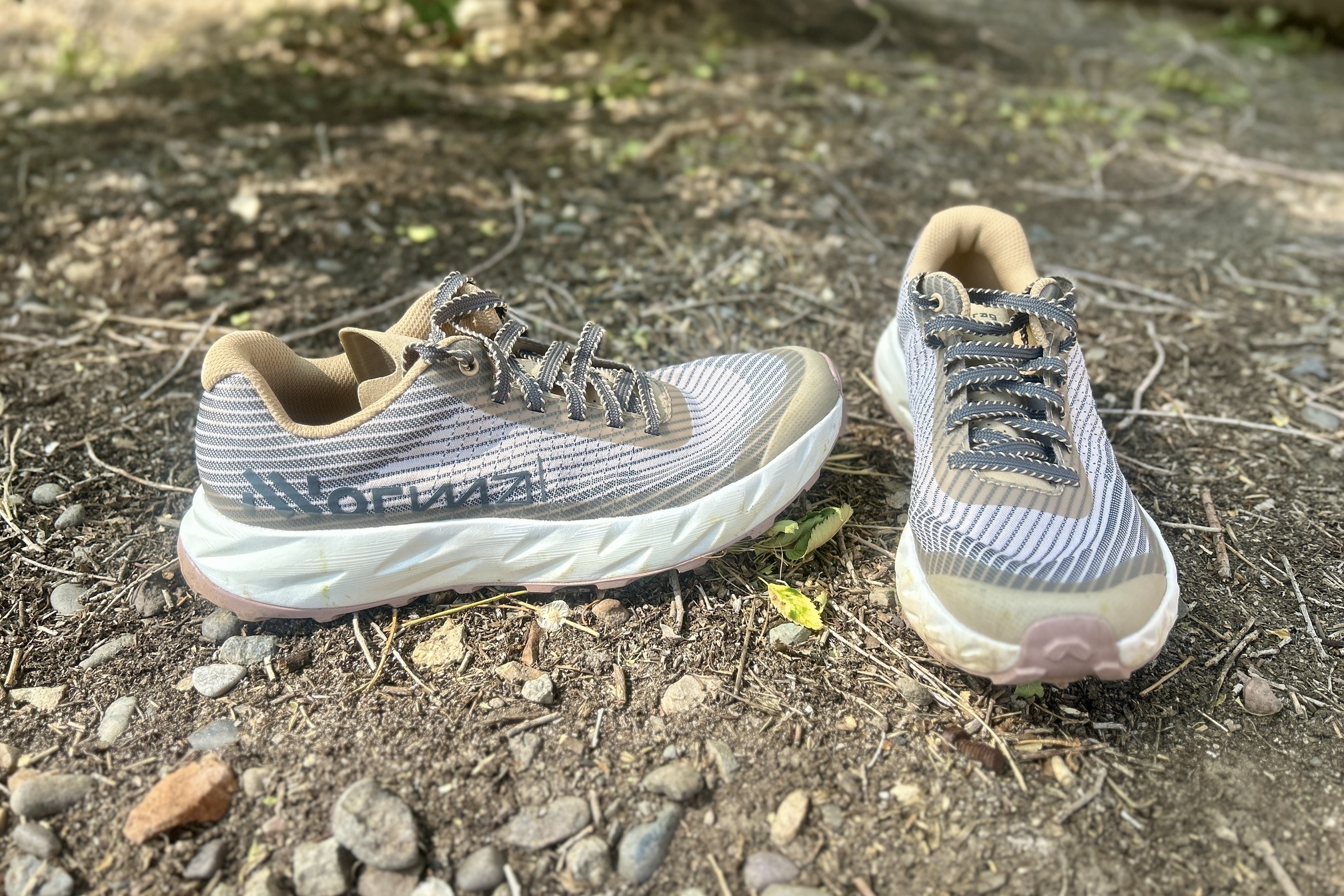
What Other Trail Running Shoes For Men Should You Consider?
Want to know how the Nnormal Kjerag compares? Our trail running shoes for men guide has all the answers. Plus, take a look at these other excellent trail runners:
Brooks Catamount 4 Review: The Catamount 4 is another lightweight trail runner with a similar heel-to-toe drop and good breathability. It stands out for its affordability, durability, and comfort, making it a great budget option.
Saucony Peregrine 15 Review: Similar to the Kjerag, the Peregrine 15 offers low weight and reliable traction for trail runs. It features a lower heel-to-toe drop, a less aggressive profile, and a more affordable price point.
La Sportiva Bushido III Review: The La Sportiva Bushido III excels in technical terrain thanks to strong durability and traction. It’s heavier and has a more rigid heel, but the lower price makes it an excellent value.


